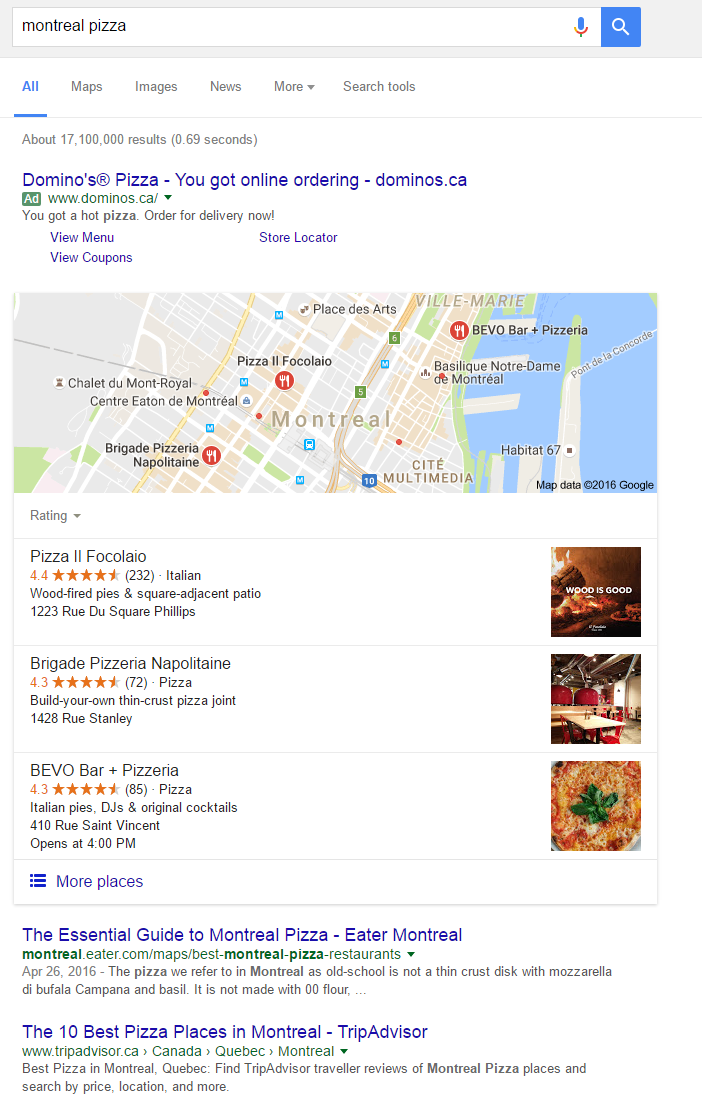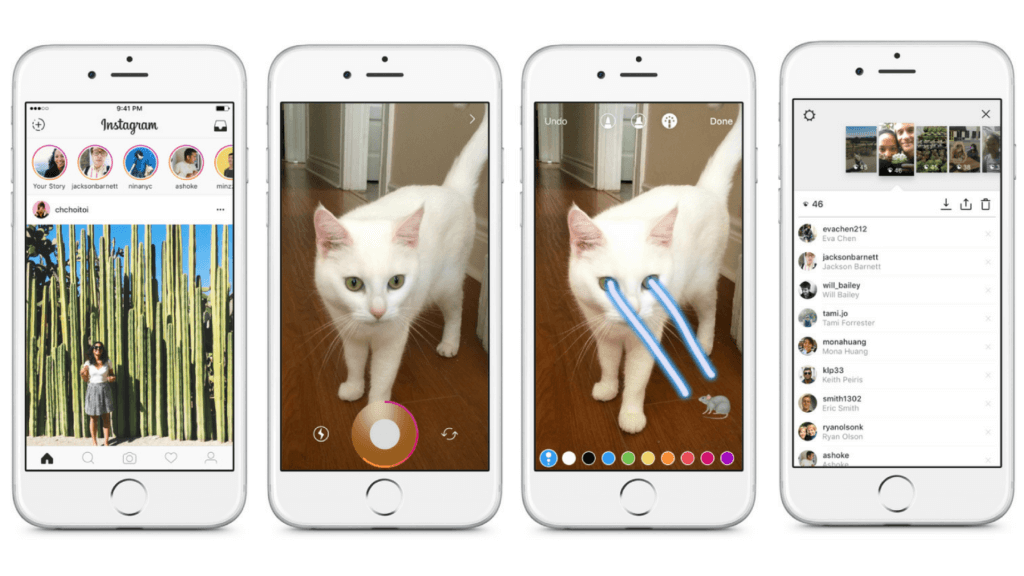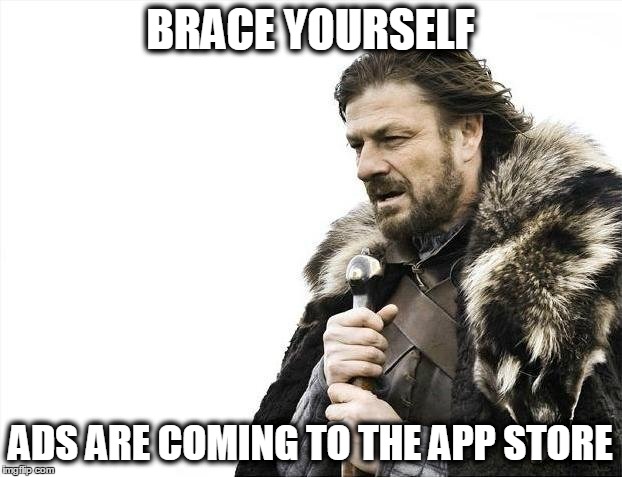There’s no doubt the landscape of Google search results and Google My Business (formally Google Places) has changed significantly over the past five years. Several years ago, ads were shown both above and to the right of search results, with the ads on top having a shaded color background. Ad labels used to be a nice shade of yellow and people didn’t give mobile a second thought when it came to rankings.
Nowadays, however, we have a landscape where right column ads have become extinct, ad labels have turned green, and mobile rankings have become almost just as important as regular desktop rankings. Additionally, localized searches have evolved from just organic results to a blend of search engine listings and local Google Maps results. Luckily, Google has also streamlined the design to make it easier for users to find information, as shown via the interactive example below:

Eons ago (hyperbolic effect intended), receiving a new email used to be a joyous and wonderful occasion. In fact, the growth of email was fun to watch, especially as Hollywood capitalized on the emerging trend by developing a whole film around the “You’ve Got Mail” tagline with Tom Hanks and Meg Ryan.

Of course, that feels like eons ago. Nowadays, inboxes are full of messages, ranging from bills and personal messages to work requests and spam…lots and lots of spam. Not only do we suffer from email overload, but it’s not unusual for people to have multiple email accounts. Some stats from The Radicati Group reinforce the notion that we have become email crazy:
- Over 2.5 billion people actively use email, with that number likely to reach 3 billion by 2019.
- Over 205 billion emails were sent per day in 2015, with the number likely to reach 246 billion by 2019.
- The average number of business emails sent and received is 123, which is why people suffer from email madness when coming back from vacations.
- The average amount of spam received on a daily basis continues to increase, which can be as much as 13% according to the study.
Another day, another update.
Instagram has released their latest feature: Instagram Stories. The new feature allows users to share photos and videos in a slideshow format, known as their story. Sound familiar?
Just like Snapchat, you can add filters, text and drawings to your post. The similarities don’t stop there. You can swipe between stories and respond using Instagram’s messaging system. Stories also disappear after 24 hours.

Although they seem quite similar, there are a few elements that differentiate Instagram’s stories from Snapchat’s:
- You can find stories at the top of your feed
- You can also view stories directly from users’ profiles
- You cannot upload a story from your camera roll
- You can pause or swipe back and forth between users’ stories
- You cannot add a geo-filter to your story
- You cannot save a full day’s worth of stories, but you can add snippets to your profile
- You cannot add lenses to your stories
Now before you go accusing Kevin Systrom of stealing, the CEO of Instagram admits that they didn’t invent the concept.
This isn’t about who invented something. This is about a format, and how you take it to a network and put your own spin on it.
The point of the feature seems to be to encourage users to post about their everyday lives on the platform, and not just the highlights in a curated feed. The photo sharing app is primarily known as a place to share your carefully framed flat lays and filtered selfies, but now wants to become a place to share every moment in life. The goal is to boost the amount of content shared, without users having to worry about being spammy.
While your loyal Snapchat users may find the feature redundant, there’s definitely potential for brands. They can use the feature to their advantage by sharing a different type of content with their Instagram followers.
For those of you that follow my blog post and witty social media graphics (“witty” quite clearly being subjective), you’ll agree that I sound like a broken record when I state that businesses need to take marketing for mobile devices seriously.
“Come on, Jon. Tell us something we don’t know!”.
Ok. You know that mobile is important. I cannot stress it enough myself. Every digital marketing blog & their grandmothers will tell you that having an optimized presence on mobile devices is extremely important, especially now that it’s 2016 where more users are using search engines via mobile devices rather than desktops. Sounds pretty evident that most businesses have adopted a mobile-centric or mobile-first mentality, right?
Wrong.

Unfortunately, yours truly comes across a number of sites and emails on a daily basis that completely miss the mark when it comes to being optimized for mobile. Luckily, times are changing and companies around the world are beginning to wake up and realize the potential of having their conversion funnels optimized for users on the go. What’s even better is that digital advertising platforms such as Google, Facebook, Instagram, and Snapchat are making it easier and easier to reach lucrative niches, which should be incentive enough to adopt a mobile marketing strategy. Now, let’s revisit why mobile is important and the pitfalls of being myopic when it comes to website design. (more…)
Gotta catch ’em all, right? That’s the mentality millions around the world have adopted over the past two weeks as the latest mobile gaming fad, Pokémon Go, has invaded homes, streets, pop culture, and more. Sick of hearing about the Pokémon hype? I’ve got bad news for you – you’re not going to enjoy this post. However, if you’re looking for innovative local marketing tactics to attract more street traffic, then you may have to hop on the Pokémon train.

Pokémon Go Background & Launch
For those of you unfamiliar with the mobile application, it is a “free-to-play location-based augmented reality mobile game” developed by Niantic, an American software development company based out of San Francisco, California. Yes, “free-to-play location-based augmented reality mobile game” is quite a mouthful, but it accurately summarizes the game for the uninitiated. Niantic developed the game with The Pokémon Company, which is owned by three parent companies: Creatures Inc, Game Freak Inc, and the well-known gaming/software developer, Nintendo.
Have you ever lost track of time browsing through images on Pinterest? If so, yours truly is guilty of doing the same thing….repeatedly. If not, you’re missing out on an immensely powerful platform that can help you discover new products, get inspiration for cooking & DIY projects, and find the latest memes. With regards to discovering new products, the social media giant has announced several new features that will make it easier for users to find products and retailers to make more money. Now that’s what I call a win-win situation.
Here is a breakdown of the new features announced this week:
Buyable Pins Expanding to the Web

Anxious to get your new mobile app downloaded by users across the world? Need to add fuel to your current mobile marketing campaigns? Well, if you’re targeting iOS devices, you’re in luck: Apple has announced that it will be bringing search ads to the App Store this fall.

This update was a long time coming. With the evolution of the digital landscape in recent years, the advertising space for mobile applications has increased at a rapid rate. Google, Facebook, and Twitter have opened up their advertising platforms to give mobile developers the opportunity to market their apps to specific target audiences. Of course, it’s not surprising it took this long for Apple to enter the game: the company would rather be an innovator than a follower within any field, but it was time for them to bring marketing capabilities beyond simple app store optimization (ASO) for developers and agencies alike.
That said, let’s take a quick look at some of the preliminary features that will be available for advertisers. (more…)
It looks like Google AdWords is about to become an even better platform for experienced media buyers and novice digital marketers alike. Awww yeah.
Google’s recent Performance Summit gave us a glimpse into the future as the search engine giant unveiled upcoming updates that will refine Google AdWords and make it an even more potent tool for media buyers. While the upcoming updates to the platform’s interface has been necessary for years, yours truly is more excited about the features that will make an otherwise fun activity even more entertaining. Yes, I don’t consider optimizing campaigns on AdWords and other platforms work, but rather a fun hobby that gets even more exciting when my team delivers wins for clients. Now, what about these upcoming updates? Here’s the breakdown:
1. More Text in Ad Headlines & Descriptions
The repetition of keywords over and over throughout your content and meta data once meant better rankings on Google. Those days are long gone. Although keywords are still relevant in today’s SEO sphere, the way they are being utilized in content creation has changed.
Google has become a lot better at understanding how users interact with the websites they are viewing. High quality, relevant content here is key. It’s often easy to tell when you’re are being pitched a product or service by an overly aggressive sales article. Instead, investing in content that is more user or audience based than brand based will be more beneficial, as users are more likely to engage with content that feels natural as opposed “salesy.”
High quality content means high quality engagement
Seeing new colours for ad labels on Google’s search listings or maps? You’re not the only one. According to recent news, Google seems to be testing out new colours for ad labels on two different platforms.
Google Search Results – Green Ad Labels
Less than two weeks ago, users within the United Kingdom started seeing green ad labels rather than the traditional yellow labels that were first introduced in 2013. As you can see below, the shade of green matches the display URL of each ad to the right:
Looks like Google is testing green Ads. Anyone else seeing this? #Adwords #ppc pic.twitter.com/bX5YquqGJF
— James Whitelock (@jaywhitelock) April 14, 2016




 (800) 915 7990
(800) 915 7990
